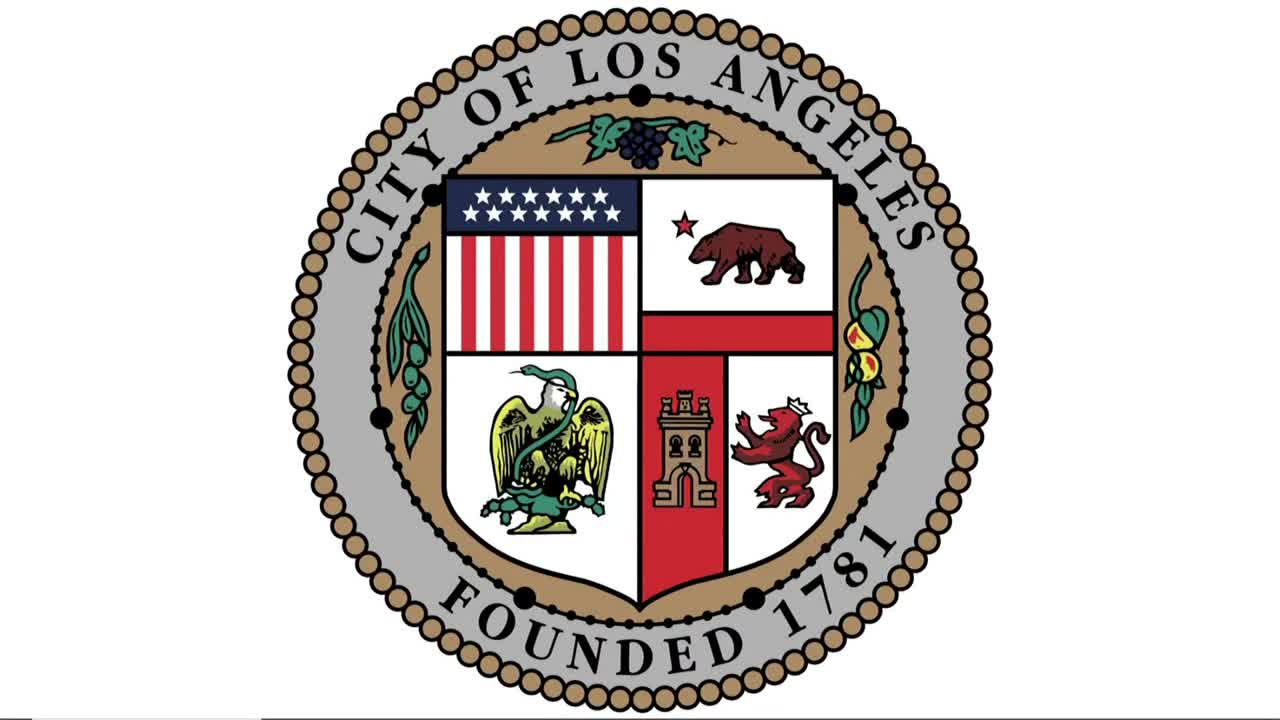Council notes report on WorkSource centers and targeted local‑hire programs
May 09, 2025 | Los Angeles City, Los Angeles County, California
This article was created by AI summarizing key points discussed. AI makes mistakes, so for full details and context, please refer to the video of the full meeting. Please report any errors so we can fix them. Report an error »

The Los Angeles City Council noted and filed a joint report from the Personnel Department and the Economic and Workforce Development Department (EWDD) describing city WorkSource centers, their role in the local hire programs and services available to jobseekers, and partnerships to expand employer connections and sector training.
EWDD Chief Grants Administrator Donnie Brooks and Personnel Department staff described WorkSource centers as federally funded (WIOA) job centers that provide resume help, training referrals, career guidance and employer services. Brooks said the city administers 14 WorkSource centers positioned “in the communities of the highest need” and that the centers collectively serve more than 10,000 people as a system.
The targeted local‑hire (TLH) program and a separate Bridge to Jobs program were highlighted as alternative pathways into civil‑service employment. EWDD reported that since 2017 the targeted local‑hire program has placed more than 2,200 individuals and that the Bridge to Jobs program has produced roughly 457 placements. Personnel staff said retention rates for TLH and Bridge to Jobs are high: “For TLH, since inception back in 2017, our retention rate has been 92%,” personnel staff said, and “for Bridge to Jobs, it’s 93%.”
Brooks reviewed funding constraints: WIOA funds are restrictive and require centers to leverage other funds, and some WorkSource activities are unfunded mandates for the centers. He described recent wildfire funding (approximately $10 million) to support dislocated workers and temporary paid cleanup and recovery positions that pay about $25–$27 an hour and that include a set‑aside for slot costs.
Personnel and EWDD staff outlined program mechanics: WorkSource centers provide a job‑readiness assessment tool, run orientations that explain application steps for TLH and Bridge to Jobs, assist with application referrals to Personnel, and convene quarterly meetings to share best practices. Personnel said enrollment in WorkSource centers is not required to apply for TLH or Bridge to Jobs to keep the programs open to a broader applicant pool, although EWDD encourages enrollment where appropriate to provide support services (transportation, tools, case management) to eligible jobseekers.
Council members praised co‑location models at community college campuses that combine WorkSource, JobSource and YouthSource services and discussed the need to preserve positions and training pipelines in the event of layoffs. The council acknowledged that if layoffs proceed, those on the layoff cascade may be disproportionately affected and urged maximum effort to preserve jobs and speed hiring of revenue‑producing positions identified in the budget.
The council voted to note and file the report. The item did not create new programmatic requirements; staff will continue outreach, sector partnerships and weekly coordination with Personnel around local hire and layoff‑avoidance efforts.
EWDD Chief Grants Administrator Donnie Brooks and Personnel Department staff described WorkSource centers as federally funded (WIOA) job centers that provide resume help, training referrals, career guidance and employer services. Brooks said the city administers 14 WorkSource centers positioned “in the communities of the highest need” and that the centers collectively serve more than 10,000 people as a system.
The targeted local‑hire (TLH) program and a separate Bridge to Jobs program were highlighted as alternative pathways into civil‑service employment. EWDD reported that since 2017 the targeted local‑hire program has placed more than 2,200 individuals and that the Bridge to Jobs program has produced roughly 457 placements. Personnel staff said retention rates for TLH and Bridge to Jobs are high: “For TLH, since inception back in 2017, our retention rate has been 92%,” personnel staff said, and “for Bridge to Jobs, it’s 93%.”
Brooks reviewed funding constraints: WIOA funds are restrictive and require centers to leverage other funds, and some WorkSource activities are unfunded mandates for the centers. He described recent wildfire funding (approximately $10 million) to support dislocated workers and temporary paid cleanup and recovery positions that pay about $25–$27 an hour and that include a set‑aside for slot costs.
Personnel and EWDD staff outlined program mechanics: WorkSource centers provide a job‑readiness assessment tool, run orientations that explain application steps for TLH and Bridge to Jobs, assist with application referrals to Personnel, and convene quarterly meetings to share best practices. Personnel said enrollment in WorkSource centers is not required to apply for TLH or Bridge to Jobs to keep the programs open to a broader applicant pool, although EWDD encourages enrollment where appropriate to provide support services (transportation, tools, case management) to eligible jobseekers.
Council members praised co‑location models at community college campuses that combine WorkSource, JobSource and YouthSource services and discussed the need to preserve positions and training pipelines in the event of layoffs. The council acknowledged that if layoffs proceed, those on the layoff cascade may be disproportionately affected and urged maximum effort to preserve jobs and speed hiring of revenue‑producing positions identified in the budget.
The council voted to note and file the report. The item did not create new programmatic requirements; staff will continue outreach, sector partnerships and weekly coordination with Personnel around local hire and layoff‑avoidance efforts.
View full meeting
This article is based on a recent meeting—watch the full video and explore the complete transcript for deeper insights into the discussion.
View full meeting
